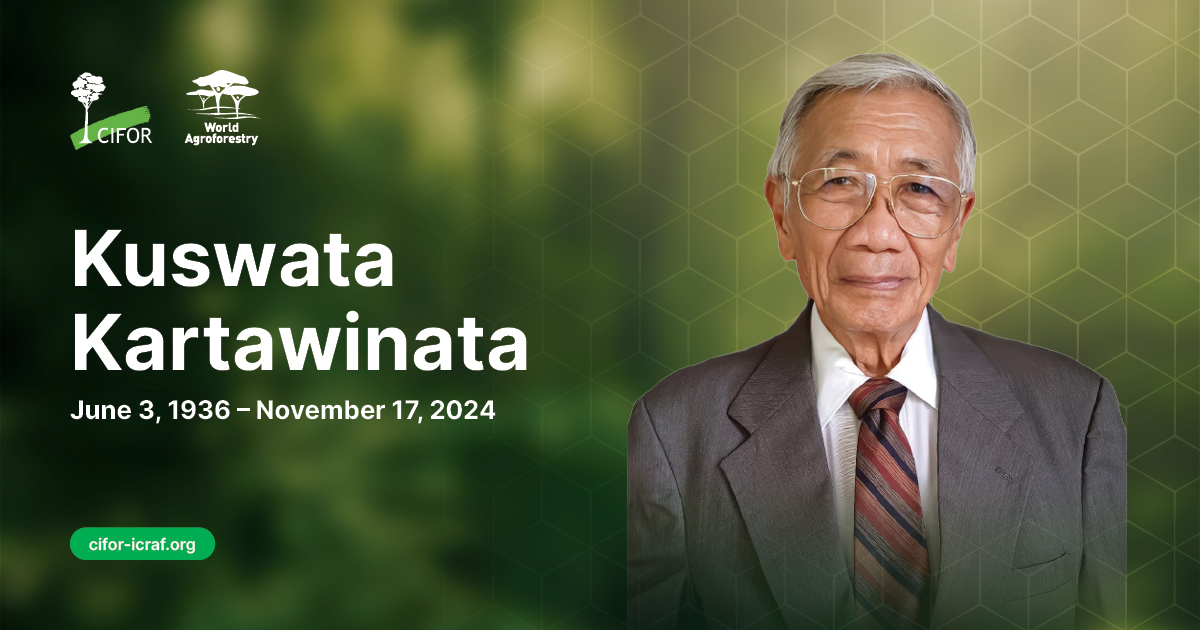There was a widespread misconception about the causes of vegetation and land fires in Indonesia. At a certain point, the public perceived that fires and the associated haze pollution were primarily caused by smallholders' agricultural activities. In fact, there was a variety of land-use activities including large-scale land clearing following deforestation for further land development. El Niño events and the associated dry weather were sometimes quoted by officials and the media as the cause of fires. The fire episodes from 1980 to 2000 were analysed in connection with climate anomalies and the implementation of land-use policies related to forest conversions. The analysis employs long-term climatic and sea surface temperature data to reconstruct climate distributions and anomalies including Southern Oscillation Index (SOI), Sea Surface Temperature (SST) and Outgoing Long-wave Radiation (OLR). In this study, the terrestrial carbon emissions from vegetation fires were estimated based on official statistical data on area burnt. The possible incentives for sustainable land management were discussed in the light of fire prevention. The underlying cause neglected in the discussion of Indonesian vegetation fires was forest and land development policy. Legitimated in the early 1980s, it drove massive forest conversions and the use of fires for land clearing. El Niño Southern Oscillation (ENSO) provided dry weather suitable for biomass burning and widespread fire, but it was hardly the cause of fires. The estimate of area burnt in the big fires in 1997 was about 11.6 Mha, resulting in carbon release of 1.45 Gt, equivalent to 0.73 ppmv of CO2, or almost half the annual global atmospheric CO2 growth. Based on the current carbon market price such emissions by the 1997 fire episode were worth around US$ 3.6 billion.
DOI:
https://doi.org/10.1007/s11027-006-9047-4
Altmetric score:
Dimensions Citation Count:

Publication year
2007
Authors
Murdiyarso, D.; Adiningsih, E.S.
Language
English
Keywords
air pollutants, air pollution, carbon, carbon dioxide, climate change, deforestation, emission, forest fires, forest policy, global warming, greenhouse gases, land clearance, land management, land policy, land use






















